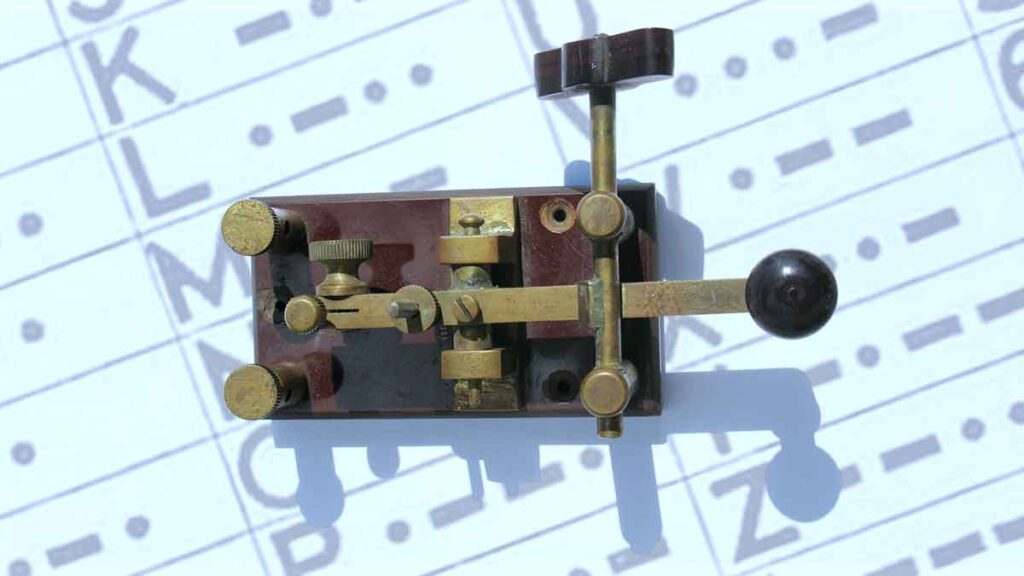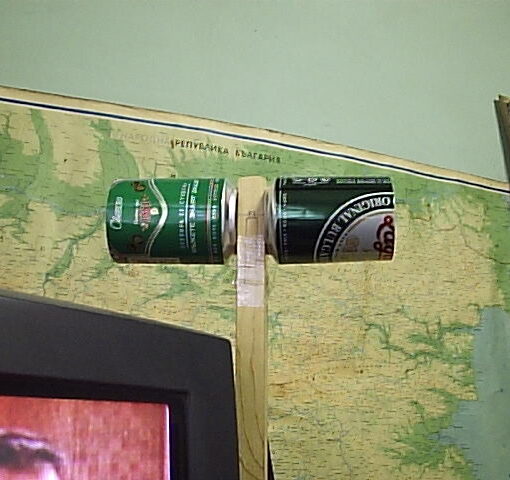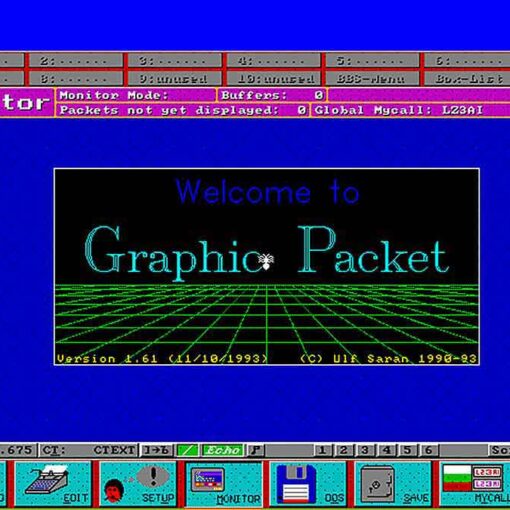
Some call it “BT” because it sounds like the letters B and T rendered without a space (as “AR” is rendered without a space), but it’s the equal sign (=), also called the “delimiter ” of CW.
DAH DIT DIT DIT DAH fills the pauses for a few seconds while you think about what to convey next. It is also used as a separator (hence the name separator) between separate pieces of text.
As a filler it is used to warn the correspondent not to start transmitting because you have not yet finished your thought, or you have not finished conveying what you intend to convey. Apparently this is the equivalent of “umm…”.
Some CW broadcasters like to use “DAH DIT DIT DIT DAH ” as a separator to make the text more understandable. Example: “W1ZZZ DE G4YYY = GM = TU FER CL = NAME CHRIS QTH SOUTHAMPTON = RST 599 = HW CPY? W1ZZZ DE G4YYY KN”. The use of such separators is less common nowadays and many consider it a waste of time. “W1ZZZ DE G4YYY GM TU FER CL NAME CHRIS QTH SOUTHAMPTON RST 599 HW CPY? W1ZZZ DE G4YYY KN” is as understandable as it gets with separators.
Transmit a NICE-sounding telegraph code.
When someone listens to your CW it should be like listening to good music, no one feels like they’re deciphering an unknown code or solving a crossword puzzle.
Be sure to separate letters and words properly. Fast transmission, but with slightly longer intervals, usually makes reception easier overall.
Experienced CW operators listen for words, not letters. This, of course, can only be successful if the necessary word spacing is present. Once you start accepting words instead of a series of letters, you’re firmly established there. In normal face-to-face conversation, you also hear words, not letters, right?
On automatic key, adjust the dot/space ratio correctly. It will sound best (most pleasant) if the ratio is slightly changed – the dot a little longer than the interval – if we mean the standard 1/1 ratio.
Note: This is something different from a DIT /DAH ratio! The DIT /DAH ratio is usually fixed at 1/3 in most automatic switches (not adjustable).



